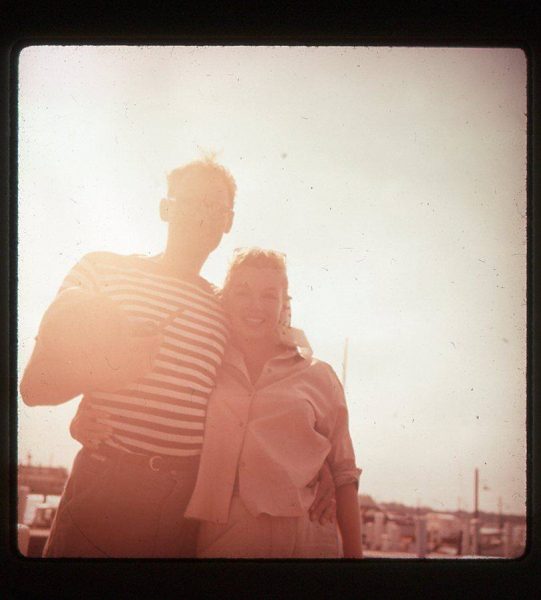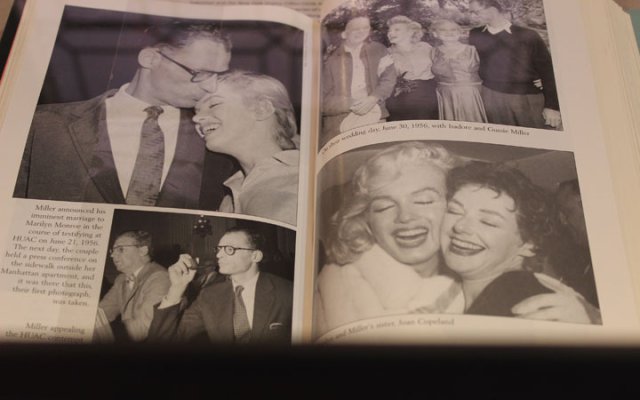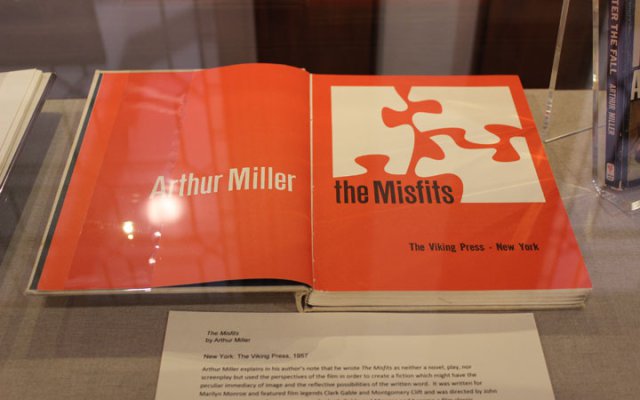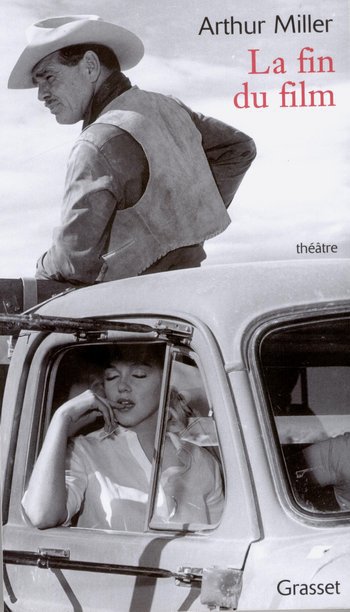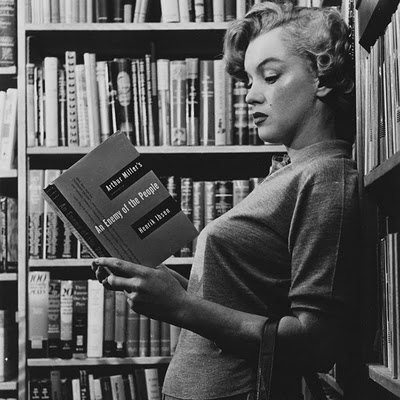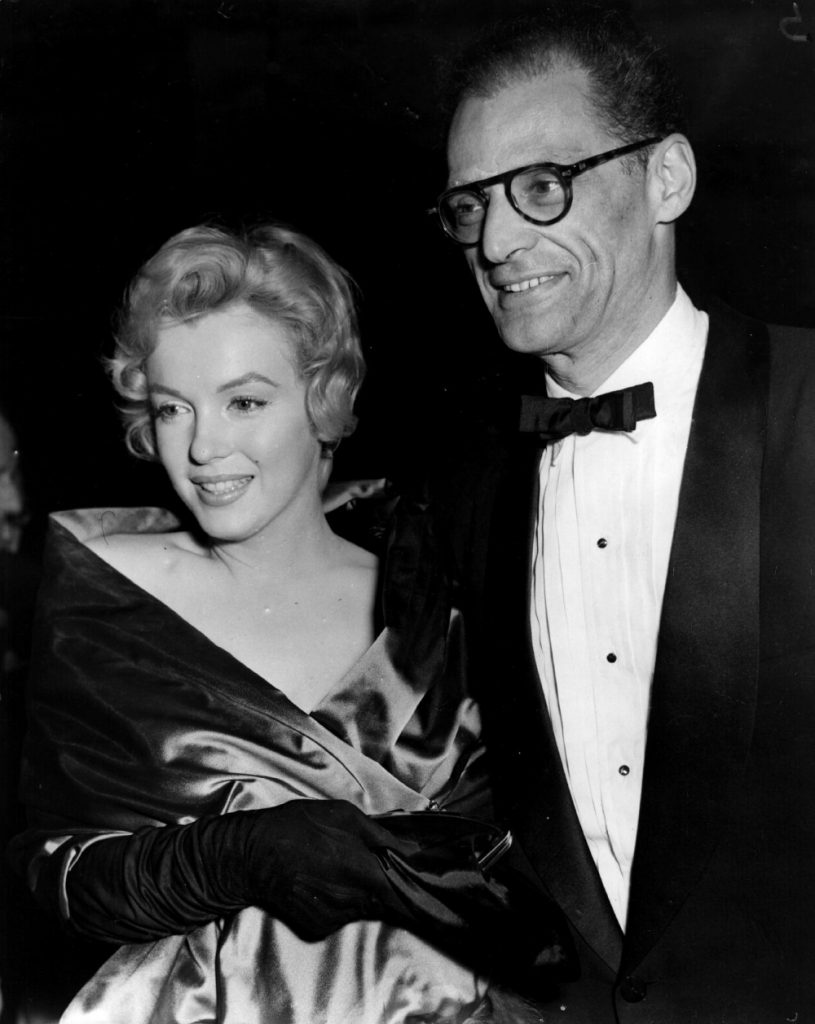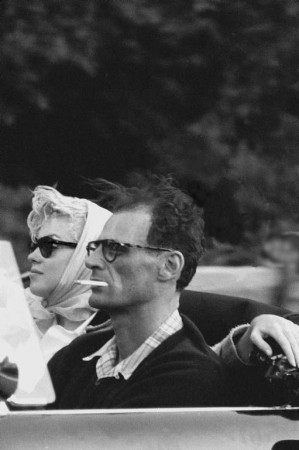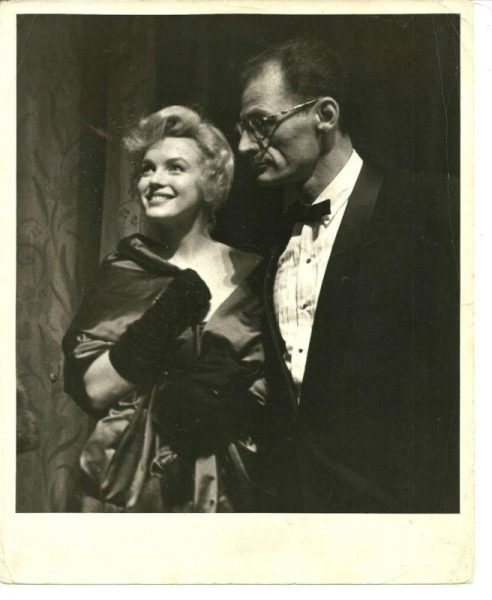
Writing for the New Yorker, theatre critic Hilton Als considers the emotive impact of Arthur Miller’s 1955 play, A View From the Bridge, and its symbolic connection to Marilyn.
“In 1951, he made a trip to Los Angeles to work on The Hook, a screenplay he was writing, with the director Elia Kazan. Through Kazan, he met Marilyn Monroe. Returning home, he couldn’t shake the effect that her emotional honesty and beauty had had not only on his stolid middle-class perspective but on his art and his imagination. (One of Miller’s biographers describes him as being emotionally constipated.) The nascent A View from the Bridge remained unfinished, as Miller grappled with the change in himself:
‘For I knew in my depths that I wanted to disarm myself before the sources of my art, which were not in wife alone nor in family alone but, again, in the sensuousness of a female blessing, something, it seemed, not quite of this world. In some diminished sense it was sexual hunger, but one that had much to do with truthfulness to myself and my nature and even, by extension, to the people who came to my plays. . . . Even after only those few hours with Marilyn, she had taken on an immanence in my imagination, the vitality of a force one does not understand but that seems on the verge of lighting up a vast surrounding plain of darkness.’
It was Miller’s good fortune and bad luck that he had found someone who acted as a gateway to greater truth-telling for him as an artist, but who also demanded a degree of attention that took him away from his writing and thus away from a deeper self-examination. By the time he completed his one-act version of A View from the Bridge, Miller and Monroe were romantically involved, but the play still agitated him.
It’s not far-fetched to say that the intimacy Miller struggles with in the play—the intimacy he wants the audience to have with the characters, the intimacy he wants Eddie to have with himself—was due, in part, to the example of Monroe, who drew so much on her own life and feelings in her later roles. Her rawness often led to collapse or hysteria, and it’s that hysteria that sometimes emerges in A View from the Bridge, despite Miller’s attempts to suppress it.
In To the Actors Performing This Play: On Style and Power, a 1964 essay addressed to the actors who were staging the first production of Incident at Vichy, he wrote:
‘Acting has come perilously close to being a species of therapy and has moved too far from art. A too great absorption in one’s own feelings is ordinarily called self-indulgence. . . . It is to be emphasized again that acting is not a private but a social occupation.’
But if the great actors of the day, like Kim Stanley, Marlon Brando, Montgomery Clift, and Monroe—who was unforgettable in her last screen performance, in the 1961 film The Misfits, written by Miller—had put the social responsibility of art first, would they have made the mistakes and the discoveries that make them transcendent poets?”
